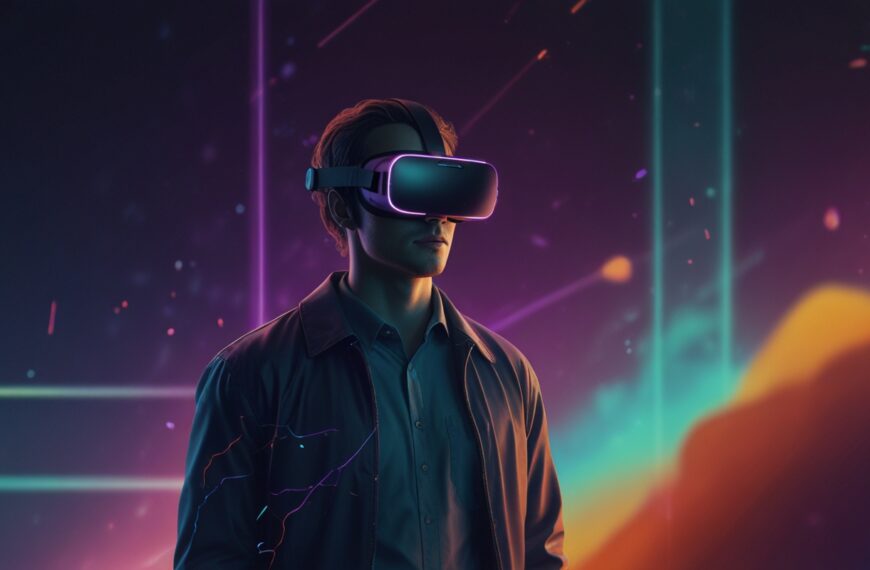Why Accessibility Matters in Live Streaming
Picture this: you’re tuning into a live stream — maybe a tech talk, a concert, or even a virtual coffee chat — and suddenly, the captions are missing, the audio is unclear, or your screen reader just can’t make heads or tails of what’s happening. Frustrating, right? That’s exactly why building accessible live streaming components isn’t just a nice-to-have; it’s a must-have.
Live streaming has exploded in popularity, but too often, accessibility gets tossed out the window in the rush to go live. As someone who’s spent way too many late nights untangling messy ARIA attributes and tweaking focus management, I can tell you: it’s doable. It’s rewarding. And it makes a real difference for people who rely on assistive tech or alternative interaction methods.
HTML: The Accessible Foundation
First things first — your foundation has to be solid. HTML is your best friend here. It’s not glamorous, but it’s rock-solid. When you build live streaming components, start with semantic HTML. Use <video> or <audio> elements with all the right attributes. Add captions using <track> elements for subtitles or transcripts. This might sound basic, but you’d be surprised how often people overlook these essentials.
For live streams, you’ll want to pay attention to the aria-live region roles to announce dynamic changes — like when a new viewer joins or when the stream status updates. Just be careful not to overload users with too many announcements. Balance is key. (Ever had your screen reader go haywire during a busy chat? Yeah, me too.)
Web Components: Encapsulate with Care
Enter web components — a fantastic way to package your live streaming UI into reusable, encapsulated pieces. But encapsulation can be a double-edged sword for accessibility. Shadow DOM, for example, can hide content from assistive tech if you’re not mindful.
Pro tip: make sure your web components expose the right ARIA roles and labels externally. Use aria-labelledby or aria-describedby on your host elements to provide context. Inside your shadow DOM, keep your markup semantic and straightforward. Avoid visually hidden text inside the shadow root that can’t be accessed by screen readers.
And don’t forget keyboard navigation! Your components should trap focus only when necessary (like in modals or popups) and provide clear, logical tab order. The last thing anyone needs is to get lost in a loop of invisible buttons.
AI: The Secret Sauce for Smarter Accessibility
Here’s where things get exciting. AI isn’t just hype anymore; it’s a practical tool to boost accessibility in live streaming. Imagine real-time captioning powered by AI speech-to-text APIs that adapt to accents and background noise. Or AI-driven sign language avatars that appear alongside the stream.
I’ve experimented with integrating AI services like Google Cloud Speech-to-Text and Azure Cognitive Services. The results? Pretty impressive, though not perfect. AI can fill gaps, but it shouldn’t replace human oversight. Always provide a way for viewers to report errors or toggle captions off if they prefer.
Another neat trick: AI can analyze the content for potentially sensitive or flashing visuals and trigger warnings automatically. This kind of proactive accessibility is something we couldn’t dream of a few years ago.
Putting It All Together: A Real-World Example
Let me walk you through a scenario I faced recently. I was tasked with building a live coding workshop platform. The challenge? Make it accessible, dynamic, and scalable.
I started by creating a custom web component called <live-stream-player>. Inside, I embedded a native <video> tag with live captions sourced from an AI transcription service. The component exposed ARIA labels like aria-live="polite" to announce status changes (e.g., “Stream starting in 5 minutes”).
Keyboard users could tab through play/pause, volume, and caption toggle buttons — all clearly labeled. Focus management ensured that when captions updated, the screen reader was politely notified without being overwhelmed.
Behind the scenes, AI monitored the audio feed, sending text updates to the caption track and triggering alerts for any detected audio spikes or background noise issues. The result? Attendees with hearing impairments gave great feedback, and even non-disabled users appreciated the clarity.
Honestly, it wasn’t perfect out of the gate. We had to tweak timings, clean up the AI output, and handle edge cases like network lag. But the core idea stood strong: accessible HTML foundation + thoughtful web components + AI enhancements = a live stream everyone can enjoy.
Tips for Your Accessible Live Streaming Journey
- Start simple: Use semantic HTML and native media elements before layering complexity.
- Test with real assistive tech: Screen readers, keyboard navigation, and even voice control tools.
- Keep AI in check: Use it as a tool, not a crutch. Always provide manual overrides.
- Document your ARIA usage: Make sure your team understands the why and how.
- Performance matters: Live streams can be resource-heavy — optimize your components to avoid lag that might trip up users relying on smooth keyboard or screen reader interaction.
Final Thoughts: Accessibility Is a Journey, Not a Checkbox
Building accessible live streaming web components is part tech challenge, part empathy exercise. You’re crafting an experience for folks who might interact very differently with the web than you do. It’s messy sometimes. It’s iterative. But it’s worth every bit of effort.
And hey, if you’re just starting out, don’t get overwhelmed. Take it step-by-step. Build a small accessible component, test it, then add AI-powered features. You’ll learn tons along the way — trust me, I’ve been there.
So… what’s your next move? Maybe it’s digging into the <video> element’s accessibility features or playing with a speech-to-text API. Whatever it is, give it a shot and see what happens.






